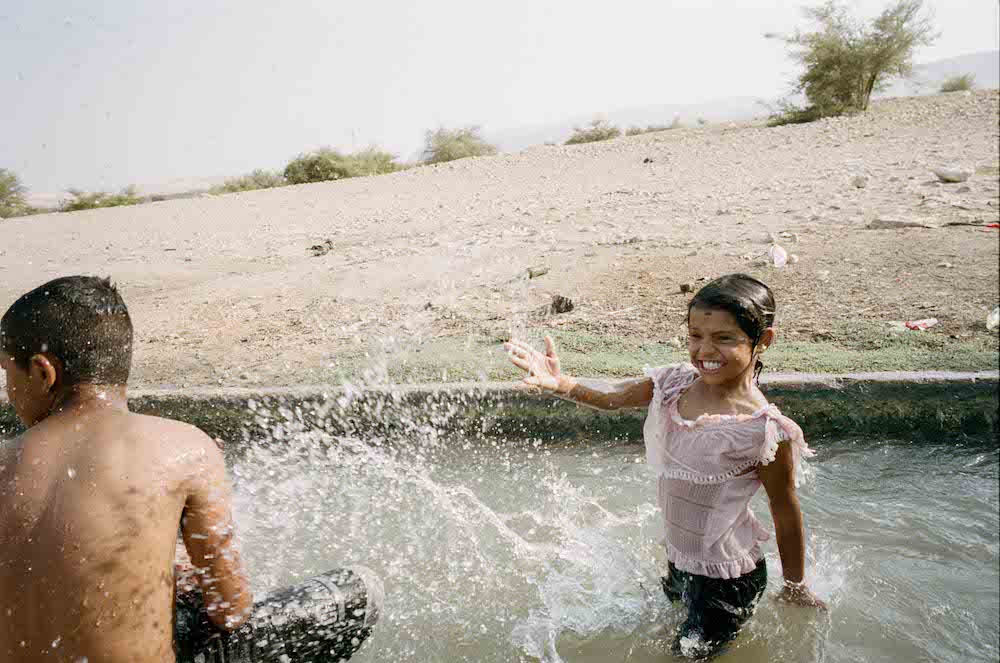With the rise of the body positivity movement in the front line of feminism, challenging patriarchy by letting go of hair removal practices, is becoming more common. However, when it comes to body hair the activism doesn’t go further than pubic hair, hairy legs or armpits.
A text and illustrations by Intibint
Photography/Asma Hamdi
Body hair positivity movements occupy themselves primarily with body hair fitting white women standard and do not take into consideration women of colour. Who are often naturally hairy all over their bodies and thus for whom hair removal in the form of waxing shaving and laser, are standard practices deemed the only way to achieve beauty and femininity as women. As a half Yemeni surrounded predominantly by white girls at school I started shaving my arms at 10 and not long later did I begin to shave my upper lip and my toes as these were the areas I noticed my white friends didn’t naturally grow thick amounts of hair in.

The amount of time women of colour spend on hair removal remains concealed to cover the fact that growing visible body hair on parts other than legs, genitals and armpits is almost perceived as a phenomenon that doesn’t happen to ‘normal’ women. As Yemeni women the pressure to remove body hair doesn’t come only from pre-existing western beauty standards but it is also imposed on us by our Yemeni female elders who pass down their knowledge of what makes a woman beautiful and marriable, knowledge that is ultimately dominated by the male gaze.
Growing up in a Yemeni household our body hair has been deemed ‘Najasah’ a word that translates to ‘ritually unclean’. In this photography series we aim to identify how as Yemeni women growing up in the diaspora the ideas surrounding body hair imposed on us both at home and outside of our homes, affect our sense of self as we grow into adulthood.


Whilst many mothers pass on these ideas to their daughters there is no regard to how such a negative dialogue can then seep into the mind and affect other aspects of one’s sense of self. If we are taught not to love what our body grows, then how are we to love our bodies at all? And if we do not love our bodies then can we truly love ourselves?
Each image highlights a certain part of body hair and the black lines aim to connect all the aspects of mind, body, soul and language together. The words and letters in the images translate to “I love my hair I love my self”, “My Hair my frizz is not ritually unclean, but it is a crown on my head, a crown on my arms, a crown on my face and a crown on my body”, “this is natural, this is beautiful”.
These phrases were chosen to counteract the existing dialogue surrounding body hair in Yemeni communities and beyond, and we hope that the young women like ourselves will read them and feel empowered to love their hair and consequently themselves despite the pressures that surround them. We also hope men will see these images and question their own ideas surrounding women and body hair and how they also hold great power in changing these ideas.


Photography and retouching:
Asma Hamdi @hamdi.asma_
Asma Hamdi is a half Czech, half Yemeni fashion
photography student currently based in London.
Talent and illustrations:
Intibint @initbint
Intibint is a Yemeni British musician and illustration
artist based in London.
.png)

.png)




.png)